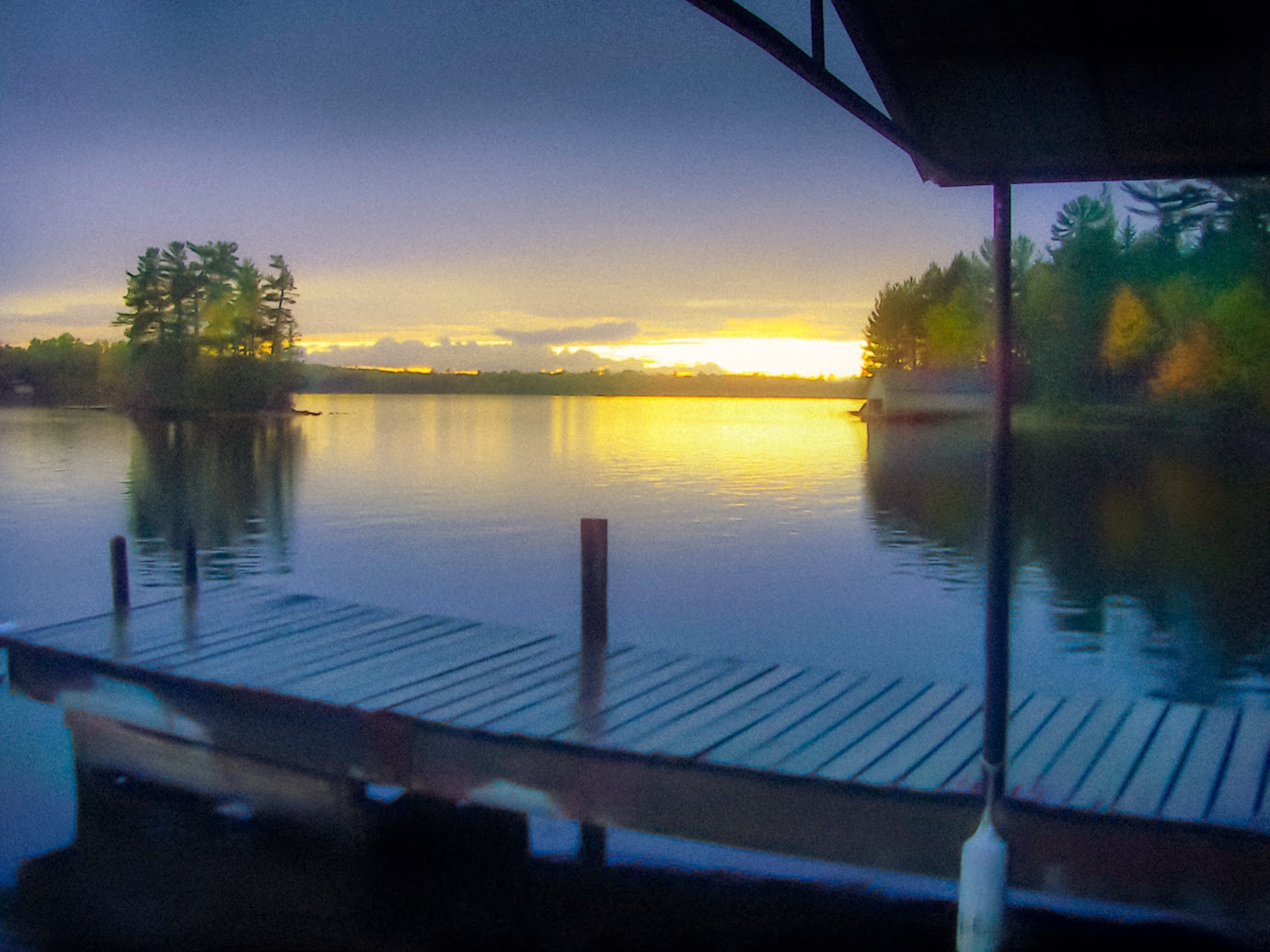I've been fighting the printer wars for over 15years... The war is over!
Yes, the print quality of the Canon Pixma Pro 100 is great, but its ink consumption is
unbelievable. I printed 33 6x6 images 4 13x19, 10 4x6, 4 8x8 and the ink level is 1/8 used on most, and only about
1/4 consumed on two of the 8 tanks. What is cool is that you can actually see the ink levels, because the cartridges are clear.
That’s incredible.
The image above is a 4 fool long print done in the printer. I’ll mount this on Masonite. It was printed on 3 sheets of 13x19. If I end up really liking it a month from now I may have it
printed at Dick Blick on water color paper. That will cost around $70. Nice way to evaluate if I want to spend the money or not. I like looking at a print for several months to evaluate for
changes before printing a final.
That’s my shoe at the top for scale.
The printer setup was painless. It has a decent (but very basic manual), and
flawless operation. No jams, misalignments, stuck printer queue, etc. I printed a series of 32 6x6 images on Epson glossy (nonprofessional
paper) without a ICC file and all of them came out great just using the generic 'other glossy paper' option. This is not really a desktop printer at 15 x 9 x 27 inches unless you have a large desk.
So cool. Each ink well has an red LED which lights when the
ink is seated right. All the doors/drawers have sensors that tell you if they
are open when they shouldn’t be. The software it comes with is just OK. The Photo Garden
thing I uninstalled. You might find it fun, but I don’t print calendars and
cards and such. The Print Studio Pro software might be useful, but I’m just
printing from Lightroom. It would be great for someone not using Lightroom or
Photoshop.
Considering the rebate, I got the printer and 50 sheets
of 13x19 paper for $110. That is truly unbelievable.
One downside for me personally is because it is a pigment
printer prints on art rag paper (watercolor type) absolutely suck. I guess I’ll have to find a new paper. I tend to stay away
from glossy and most typical inkjet paper which has very little natural
looking texture. I don’t like the plastic photograph look. So I’ll have to find a
compromise.
Having said all that you have to take into account that I'm just an advanced amateur. I believe this printer would work on some level in a photography studio, but it is not of course a commercial printer.
The rebate program is still on until the end of January.
Having said all that you have to take into account that I'm just an advanced amateur. I believe this printer would work on some level in a photography studio, but it is not of course a commercial printer.
The rebate program is still on until the end of January.



























